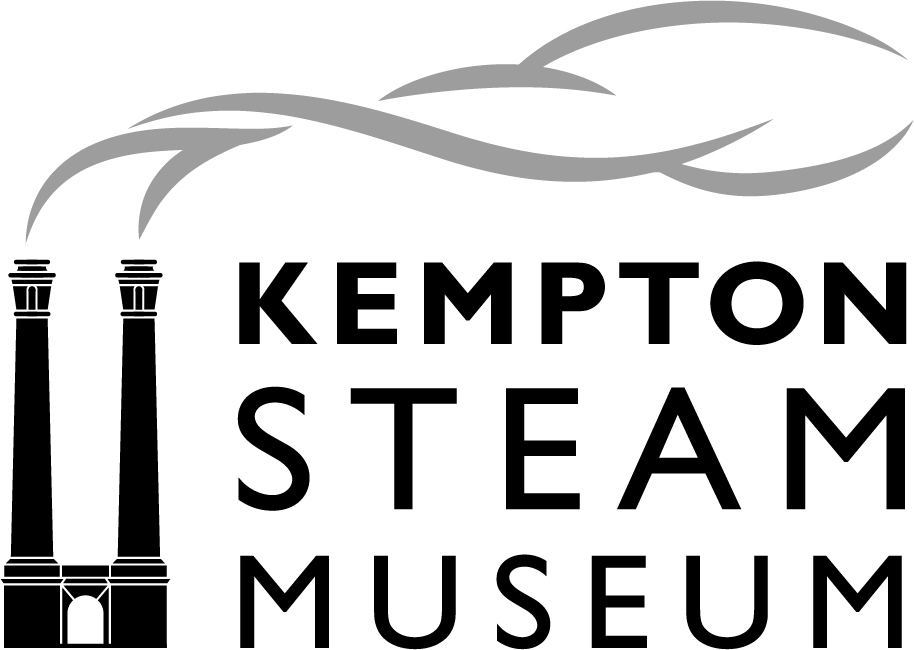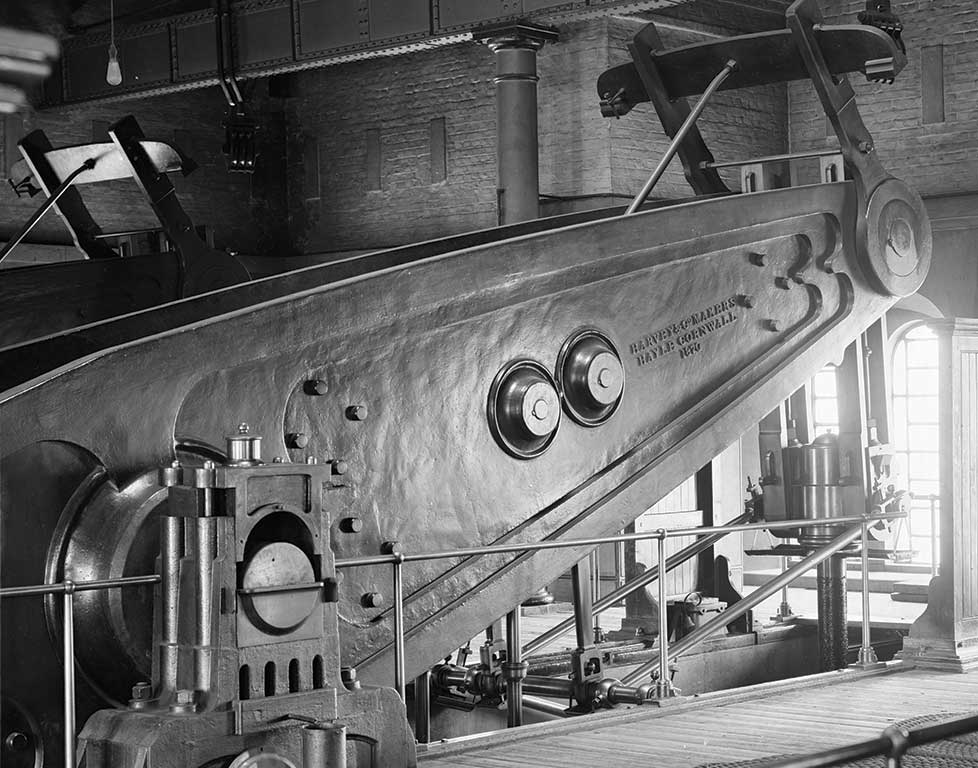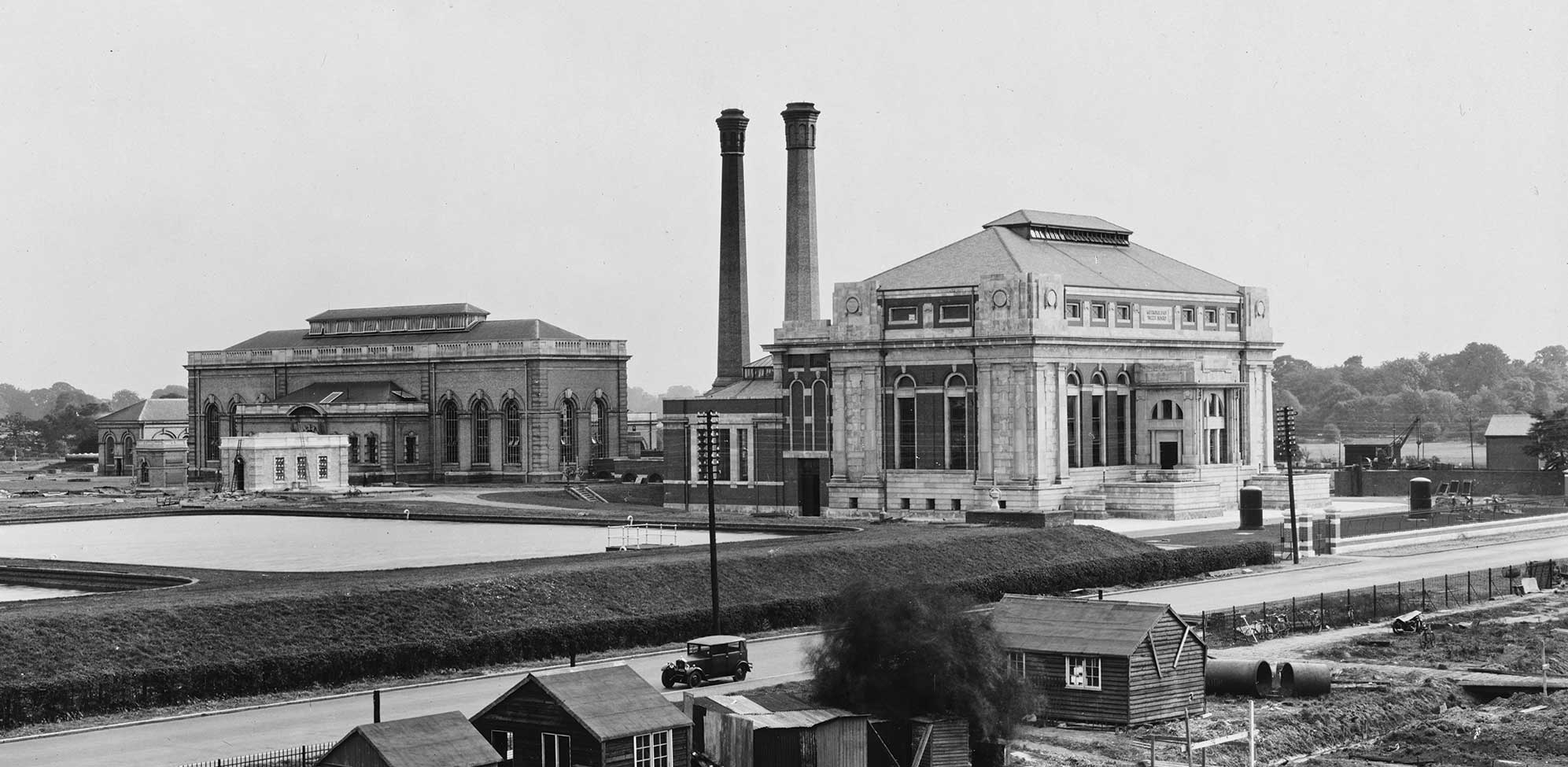
Timeline
1613
Sir Hugh Myddelton’s ‘New River’, carrying water from Amwell in Hertfordshire to New River Head in London is completed.
1619
The New River Company is incorporated by royal charter with Sir Hugh Myddelton as governor.
1806
The East London Water Works Company is established.
1829
James Simpson, Chief Engineer to the Chelsea Waterworks Company, introduces slow sand filtration to company’s works, 25 years before it is required by law.
1831-2
First cholera epidemic in London kills 6,536.
1848-9
Second cholera epidemic in London kills 14,137. Dr. John Snow publishes On the Mode of Communication of Cholera arguing cholera is a water borne disease.
1852:
Metropolis Water Act forced water companies to abstract water upstream of Teddington Weir. Service reservoirs within 5 miles of St. Paul’s had to be covered and all water to be filtered. The Act gave 1855 as the deadline for water companies to comply.
1853-4
Third cholera epidemic in London kills 10,738. Some water companies still abstracting water from the tidal Thames without filtration. Committee for Scientific Enquiry rejects Dr. John Snow’s theory that cholera is water borne.
1855
From the 31st August, all water had to be abstracted from the non-tidal reaches of the Thames. (Metropolis Water Act 1852).
1855
From the 31st December, all water had to be filtered prior to distribution. (Metropolis Water Act 1852).
1858
The Great Stink. Joseph Bazalgette begins work on the London sewage system.
1866
Cholera kills 5,596 in the East End. East London Water Works Company to blame for failure to comply wholly with 1852 act.
1871
Metropolis Water Act 1871 is passed implementing an independent water examiner to ensure water companies adherence to law.
1873
East London Water Works Company begins pumping water using beam engines from the Hanworth Road Works to a service reservoir under Finsbury Park.
1883
Robert Koch discovers the cholera bacillus in contaminated water in India.
1896
Staines Reservoirs Joint Committee is established forming a coalition of the New River Company, West Middlesex and Grand Junction Waterworks Company. The committee built a joint river intake and reservoirs in Staines.
1897
The New River Company acquires a site at Kempton Park to build a pumping station, storage reservoirs and filtration works.
1900
The New River Company orders eight triple expansion steam engines from the Lilleshall Engine Company of Oakengates, Shropshire for installation at Kempton Park (five engines) and Cricklewood works (three engines).
1903
The Metropolitan Water Board is created amalgamating London’s eight private water companies.
1906
30th April: Water from the Staines Reservoirs is used to fill the new Kempton Park reservoirs.
1906
3rd December: The Lilleshall engines at Kempton Park begin pumping water to East London.
1908
The Lilleshall engines at Kempton Park begin pumping water to a service reservoir at Cricklewood through a new 42 inch main.
1912
A report by the Metropolitan Water Board recommends an additional pumping station be built at Kempton Park works.
1914
The First World War begins. Many Metropolitan Water Board construction projects put on hold.
1914
A narrow gauge railway line is built from Hampton Coal Wharf to the pumping stations at Hampton and Kempton Park.
1915
Construction begins on the Littleton Reservoir. Later known as the Queen Mary Reservoir. Construction ceases shortly afterwards owing to the war.
1920
Newly appointed Chief Engineer Henry Stilgoe recommends installation of further triple expansion engines and filtration plant at Kempton Park. Work on the Littleton Reservoir continues.
1924
25th January: Two triple-expansion engines are ordered from Worthington Simpson of Newark-on-Trent for installation at Kempton Park.
1925
13th June: Their Majesties King George V & Queen Mary inaugurate the Queen Mary Reservoir at Littleton.
1926
Construction of the new pumping station at Kempton Park begins.
1929
The new pumping station & primary filter house is completed and inaugurated by the Minister of Health, Arthur Greenwood.
1929
8th December: The two triple-expansion engines are named the ‘Sir William Prescott’ & ‘Lady Prescott’ engines.
1933
Two steam turbines made by Fraser & Chalmers are installed in the new engine house.
1934
The beam engines at Hanworth Road works are decommissioned.
1939
Outbreak of Second World War. The beam engines at Hanworth Road works are recommissioned. Great efforts are undertaken to protect water supply infrastructure.
1940
September: A high explosive bomb falls close to the Kempton West Reservoir wall. The impact takes out the 42 inch Hampton to Kempton water main and a section of the narrow gauge railway line.
1944
15th September: A V2 supersonic rocket hits the filter beds at Hanworth Road Works. The shockwave destroys the reservoir wall and blows out the engine house windows.
1947
The beam engines at Hanworth Road works are scrapped.
1950
Two additional boilers made by John Thompson are installed inside the new boiler house.
1951
A 60 inch main running from Kempton Park to Cricklewood and Bishops Wood Reservoir is constructed.
1967
The exterior shots of Scrumptious Sweet Factory in Chitty Chitty Bang Bang are filmed at Kempton.
1968
The Lilleshall engines are decommissioned.
1972
Thames Water Authority is created, amalgamating the Metropolitan Water Board with local waste water facilities.
1974
The Lilleshall engines are scrapped to be replaced with electric spindle pumps.
1976
The great drought put a significant strain on water supply infrastructure.
1980
12th November: Installation of electric pumps inside the old Lilleshall engine house is completed. The triple expansion engines and steam turbines are decommissioned.
1990s
Kempton Park begins delivering water into the London Ring Main, an orbital reservoir running under London.
1993
The steam boilers that powered the triple-expansion engines and turbines are scrapped.
1995
The Kempton Great Engines Trust is established.
1997
A 99 year lease is signed between Thames Water and the Kempton Great Engines Trust.
2002
15th March 2002: The Sir William Prescott engine is returned to steam.
2002
13th December: HRH the Prince of Wales formally opens Kempton Steam Museum.
2004
Kempton Steam Museum opened to the public.
2018
The Kempton Great Engines Society is awarded the Queen’s Award for Voluntary Service.
2019
Kempton Steam Museum marks ninety years of the new pumping station.
2020
Kempton Steam Museum shuts to the public for 15 months due to the Covid-19 pandemic.
Present Day
Volunteers at Kempton Steam Museum continue to preserve its unique collection for generations to come.
The History of Kempton Park Pumping Station
Brief History
Kempton Park Pumping Station has been supplying fresh water to London since 1906. The site today is operated by Thames Water PLC and is also home to the Kempton Great Engines Trust. Since 1995, the Trust has preserved the unique set of triple-expansion steam engines and turbines at Kempton Park, which served London for over fifty years.
The New River Company established the Kempton Park works in 1897 to purify water abstracted from the River Thames at Staines and pump it to service reservoirs at Cricklewood. Construction began in 1900 and was completed in 1906, by which time the New River Company and the seven other private water companies in London had been amalgamated into the Metropolitan Water Board (MWB).
The expansion of London necessitated the MWB to increase the capacity of the works in the 1920s with the installation of rapid primary filtration and additional steam pumping machinery. Primary filtration was cutting edge for its time, and the steam engines were amongst the largest of their kind in the world. Post-war, the site became a test bed for further filtration innovation, including the trialing of chemical treatments and rotary strainers.
In 1973 the MWB’s governance was amalgamated with local wastewater facilities to form the Thames Water Authority. The clean water side of the operation then became known as the Metropolitan Water Division (MWD).
Steam power dominated Kempton Park until 1980, when the engines now preserved by Kempton Steam Museum were decommissioned in favour of more economical electric spindle pumps.
Kempton Park still serves London through much of the original infrastructure laid down at the beginning of the last century. Since the 1990s, Kempton has also delivered water into the London Ring Main, which acts as an underground service reservoir circumnavigating London. The site, on average, supplies 130 Mega Litres (30 Million Gallons) of water to London daily.
In 1995 the Kempton Great Engines Trust was established with the aim to restore and showcase the surviving triple-expansion engines and steam turbines at Kempton Park Pumping Station. Since 2004, Kempton Steam Museum has welcomed thousands of visitors each year and endeavours to demonstrate the ‘Sir William Prescott’ engine in steam for many generations to come.
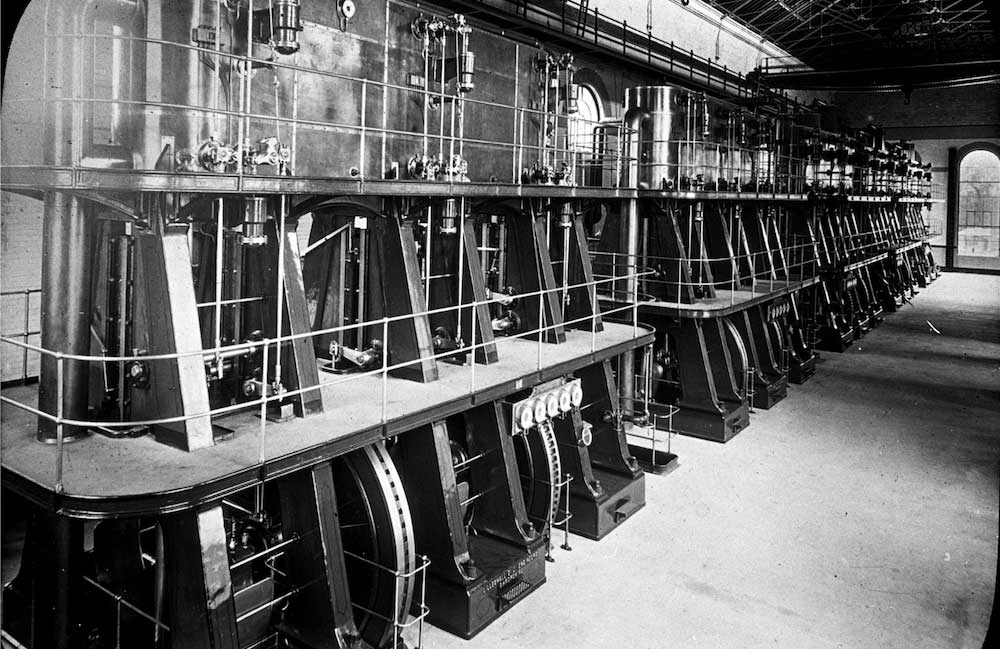
The Lilleshall triple-expansion engines Nos.1 to 5.
The New River Company & the Original Kempton Park Works
The New River Company chose Kempton Park for their new waterworks to meet stipulations of the Metropolis Water Act 1852, which forced water companies to abstract water from the non-tidal sections of the Thames above Teddington Weir. A number of water companies constructed works and reservoirs in the Thames Valley area namely at Hampton and Surbiton.
A coalition of The New River, West Middlesex and Grand Junction water companies formed the Staines Reservoir Joint Committee in 1896, with the aim of constructing a shared river intake and reservoirs at Staines, and an aqueduct to carry the water to their work’s at Hampton and Kempton Park.
At Kempton Park The New River Company built two reservoirs occupying an area of 62 acres with a combined capacity of 300 million gallons, twelve slow sand filter beds, a 42 inch main to Cricklewood and a pumping station equipped with five triple-expansion engines made by the Lilleshall Company of Oakengates, Shropshire. Steam to power the engines was created by a bank of eight coal fired Lancashire boilers in an adjacent boiler house manufactured by Joseph Adamson & Co. of Cheshire. Coal was transported to Kempton by train using a standard gauge railway branch connected to the London & South Western Railway’s Shepperton Line. This line was later supplemented in 1914 by a dedicated two foot narrow gauge railway which carried coal from barges at Hampton Wharf, to the pumping stations at Hampton & Kempton Park Water Works.
During construction, the government passed the Water Act 1902 which combined London’s eight private water companies into one body called the Metropolitan Water Board. As a result, the engines and the site would never operate under The New River Company.
On the 30th April 1906, the two First Lift Lilleshall engines (Engines Nos. 1 & 2) began lifting water from the Staines Aqueduct into the Kempton reservoirs. Followed on the 3rd December by the remaining Second Lift engines (Engines Nos. 3, 4 & 5) which were trialled by pumping water to Finsbury Park, along the former East London Water Works 36 inch main which runs adjacent to Kempton. It would take until 1908 for the dedicated 42 inch main to Cricklewood to be completed and for the works to operate as intended.
When the 42 inch main was completed, the Lilleshall engines could supply 15 million gallons of water each day to Cricklewood. From there it would be pumped by further three Lilleshall engines known as the Third Lift Engines to a reservoir at Fortis Green near Muswell Hill. Water from these reservoirs would then flow by gravity to the districts of north and west London for consumption.
The load on the Lilleshall engines gradually became lighter after the Second World War and they were finally decommissioned in 1968. In 1974 they were scrapped to make way for Thames Water’s electric spindle pumps which continue to pump water today.
Click for further technical information about the Lilleshall Engines.
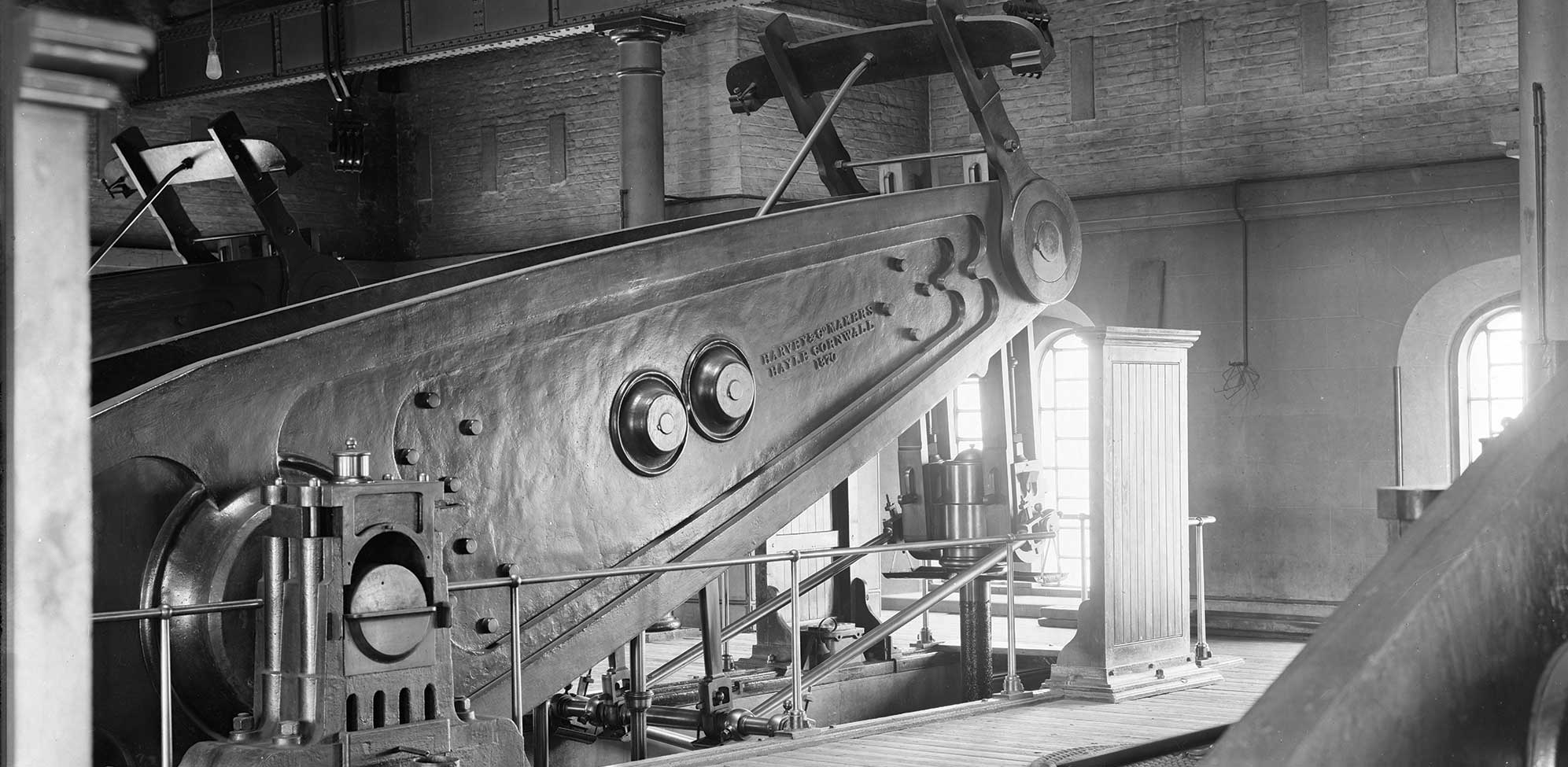
No.2 Beam engine at Hanworth Road Pumping Station
The East London Water Works
Adjacent to Kempton Park site was the East London Water Works pumping station at Hanworth Road. The Works was commissioned in 1873 to pump water along a nineteen mile water main to a reservoir under Finsbury Park (Hornsey Wood Reservoir), for the supply of fresh water to the East End. The works was designed by ELWW Chief Engineer Charles Greaves to overcome issues with the company’s intakes on the River Lea which tended to yield low volumes during the dry summer months and had been the root cause of a Cholera outbreak in 1866.
Greaves constructed a river intake on the Thames at Sunbury where he installed two Bull steam engines. River water from Sunbury was pumped the short distance to Hanworth Road where it was stored in a raw water reservoir prior to filtration. Alongside the reservoir were six slow sand filter beds, three Harveys of Hayle beam engines, ten Cornish boilers and a 250 foot high standpipe tower built to an Italianate style (Campanile). The beam engines had 84 inch diameter cylinders and an 11 foot stroke. Each engine in one stroke could pump 396 1/3 gallons of water. The pumping station had a normal daily output of 8 million gallons (increased to 12.6 million in 1911).
After the creation of the Metropolitan Water Board and owing to their close proximity, the works at Kempton Park and Hanworth Road were combined, with interconnections made between the areas they both supplied.
When the Staines Aqueduct was brought to Kempton Park, water was directed into the Hanworth Road Works, relinquishing the need for the Bull engines at Sunbury. The beam engines from 1906 found their load lightened when the new triple-expansion engines at Kempton were commissioned. A spare engine at Kempton was given the duty to pump to Finsbury Park with the beam engines at Hanworth Road then only operating for a total of a month a year during times when all three Kempton engines were needed to pump to Cricklewood.
The beam engines were last recorded working during the hot summer of 1929 when two out of the three pumped constantly for a three month period. The engines were however always kept warm in readiness for being called into service. In 1933 two steam turbines were installed at Kempton Park finally making the beam engines redundant. The engines were formally decommissioned by the MWB Works & Stores Committee on the 22nd March 1934. Owing to their engineering magnificence and representing the pinnacle of beam engine design, the engines were then greased up and left with the intention to preserve them as museum pieces.
In 1939 the beam engines were recommissioned for stand-by purposes should any of the Kempton Park engines be damaged through enemy action. As the Cornish boilers had passed the end of their life, three Lancashire boilers were installed to supply steam. The circumstances for the engines to be called into full action never fortunately arose as Kempton only received minor damage. The Hanworth Road works did however sustain a direct hit by a V2 rocket, destroying a filter bed and smashing the engine house windows.
Owing to post-war metal shortages, the beam engines were scrapped in 1947. The Hanworth Road filter beds remained visible until the 1990s when it was then used as a spoil dump for the London Ring Main project.
Click for further technical information about the Hanworth Road Beam Engines.
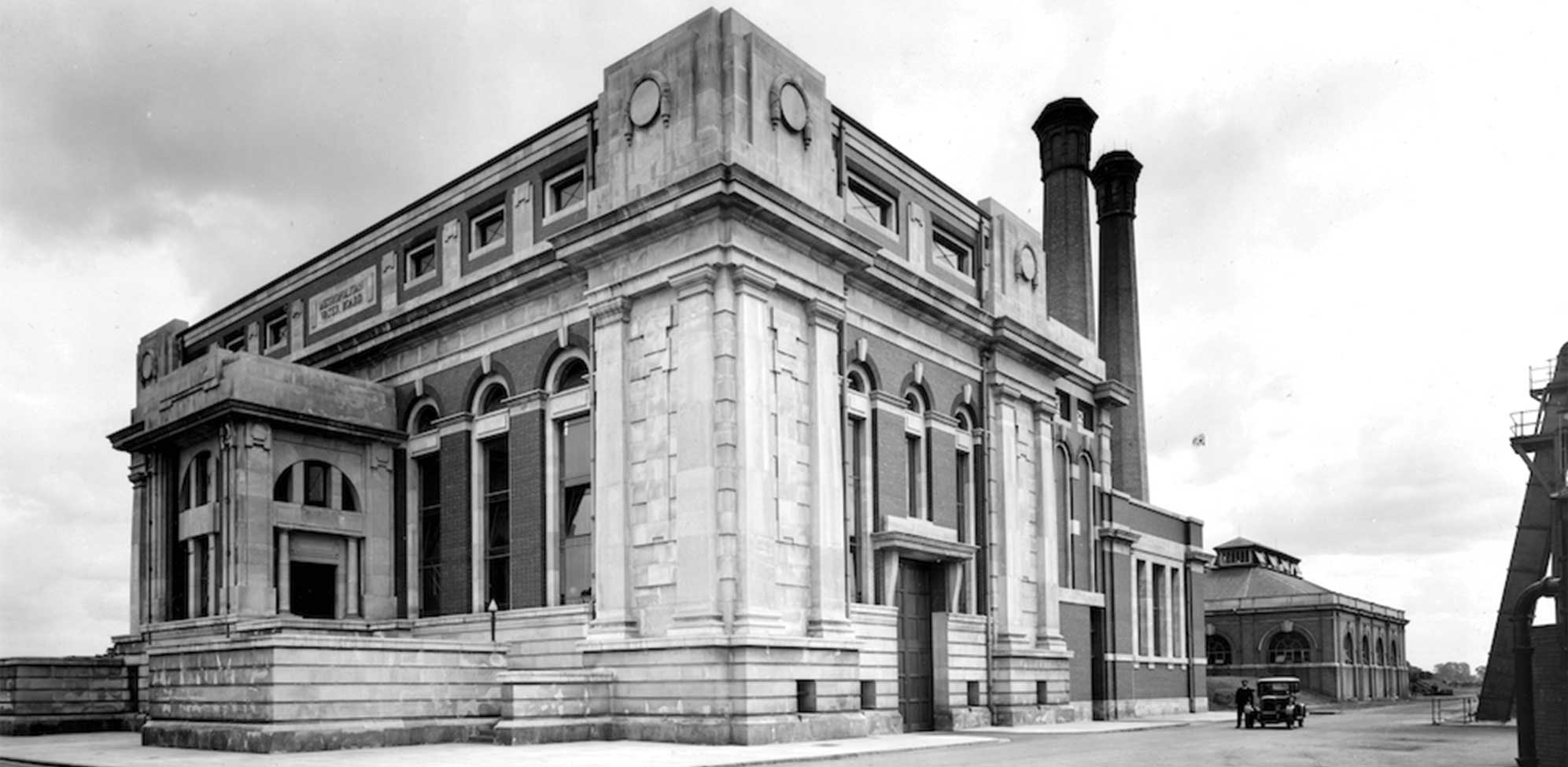
The new engine house. Now Kempton Steam Museum.
The New Pumping Station & Triple-Expansion Engines
London’s continual growth in the early part of the 20th century necessitated further expansion to the water supply infrastructure. In 1912 the MWB’s Chief Engineer Mr. W. B. Bryan recommended that Kempton Park should be expanded by constructing further slow sand filter beds and an additional pumping station which would also act as an electric power station. In the plan, three steam turbines would be installed each with the capability of pumping 15 million gallons per day along a 66 inch main to a new reservoir at Horsenden Hill in Hampstead. In addition to the pumps were to be three steam turbine electric generators for powering electric water pumps intended for installation at Hanworth, Sunbury and Littleton. Bryan also outlined plans for a new raw water storage reservoir at Littleton later known as the Queen Mary Reservoir to supply the new pumps at Kempton.
The MWB began approval of Bryan’s recommendations in 1914 but were shelved shortly after the outbreak of the First World War and the death of Bryan. Sir James Restler succeeded as Chief Engineer and recommended the use of triple-expansion engines over steam turbines on the grounds of efficiency and reliability. Sir James Restler also died in office and was succeeded by Henry E. Stilgoe in 1920.
In 1920 Henry Stilgoe further advocated the expansion of Kempton Park works this time with rapid sand filters and triple-expansion engines. In 1924 the MWB accepted the tender of Worthington Simpson of Newark-on-Trent for two inverted marine type triple-expansion steam engines at a cost of £94,000. These engines would each have a maximum output of 19 million gallons of water per day and be amongst the largest steam engines ever built (now preserved by Kempton Steam Museum). Tenders were also received from William Moss & Sons for the construction of the Primary Filter and New Engine House at the combined cost of £245,000. To power the engines, six Water Tube Boilers were ordered from Babcock & Wilcox at a cost of £34,000. The boilers were fired with coal using an electrically driven moving chain grate.
Construction began in 1925 and was completed by 1929. On the 24th October 1929 the pumping station was inaugurated by the Minister of Health, the Rt Hon. Arthur Greenwood M.P. in the presence of many dignitaries. On the 8th November 1929 the two engines, Nos. 6 & 7 were named ‘The Sir William Prescott’ and ‘Lady Bessie Prescott’ engines respectively after the Chairman of the MWB and his wife.
The installation meant an additional 24 million gallons of drinking water could be pumped to service reservoirs at Cricklewood, Highgate, Bishops Wood and Fortis Green. Water from these reservoirs would then flow by gravity for distribution to large parts of North, West and Central London.
Click for further technical information about the Triple-Expansion Engines.
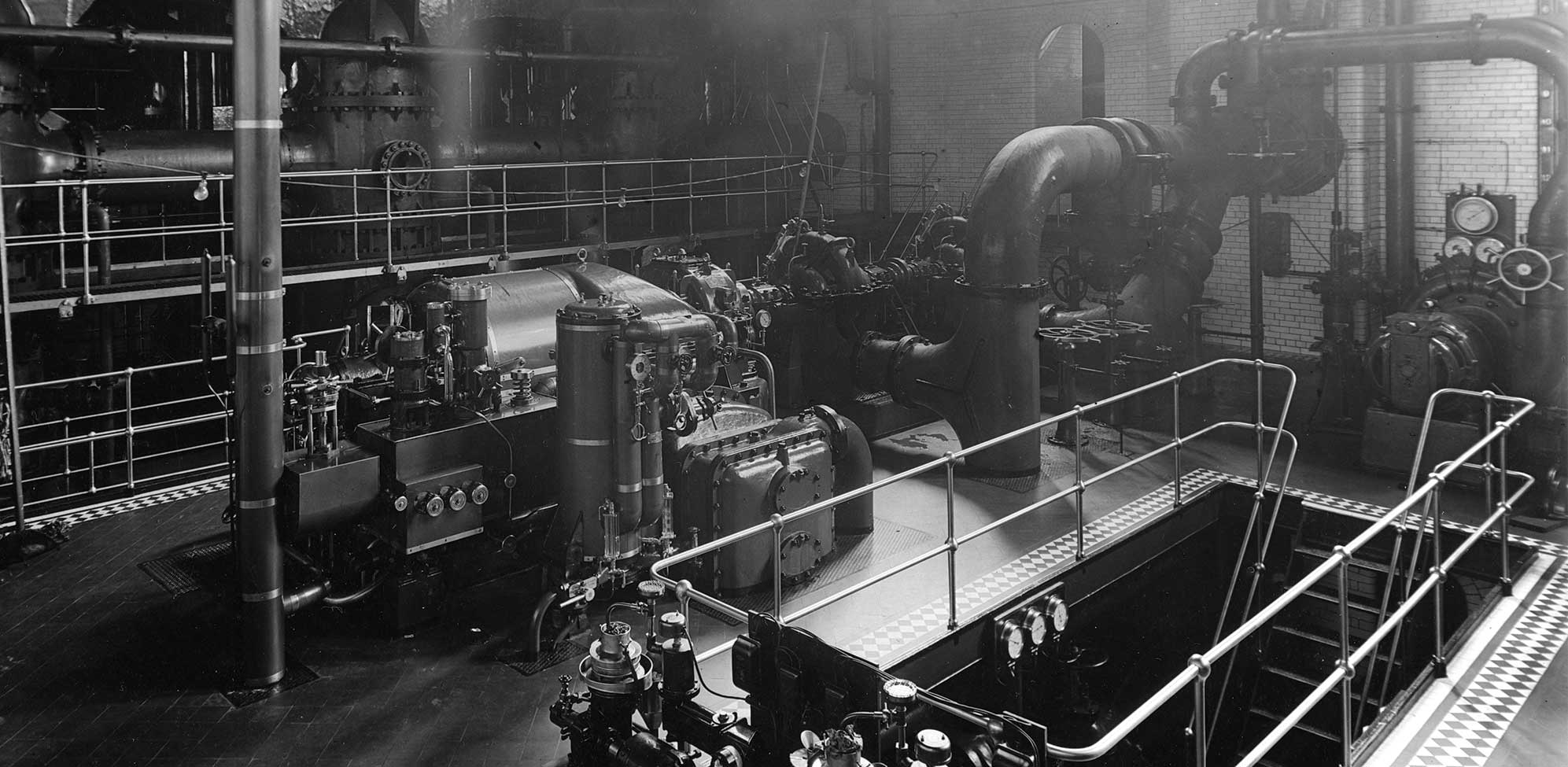
Steam Turbine No.9.
The Steam Turbines & The Dawn of Electricity
London’s continual expansion necessitated the output of the Kempton works to be increased. To meet this demand two steam turbines were installed in 1933. The two units were made by Fraser & Chalmers in Erith, Kent and numbered 8 and 9. They were installed in a space left between the two triple-expansion engines intended for a further engine or turbine equivalent.
The two turbines drove centrifugal water pumps made by Worthington Simpson and could deliver a total output of 24 million gallons of water each per day. Unlike the quiet and efficient running triples, the turbines were noisy and consumed considerably more steam. Their size and cost was however substantially less than a triple.
The turbines along with the triple-expansion engines were retired from service in 1980. The water pumping operations at the Kempton Park site are now undertaken by electric centrifugal pumps located in the old Lilleshall engine house.
Click for further technical information about the Steam Turbines.
Sound of engines & turbines running in service days. c.1970
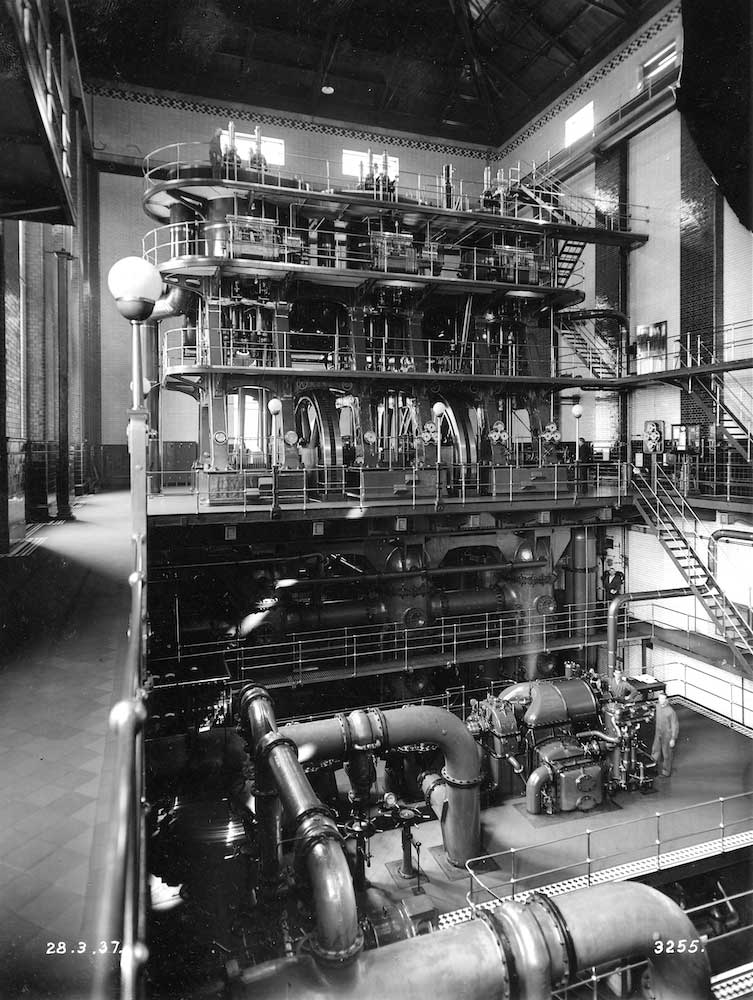
The Sir William Prescott Engine and No.8 steam turbine.
Kempton Great Engines Trust & Kempton Steam Museum
After 1980, the steam engines and boilers at Kempton Park remained derelict with only the occasional film shoot or visit. In 1993 the six Babcock & Wilcox and two John Thompson boilers were scrapped to make way for a Carbon Reactivation plant. In 1995, Thames Water approached Nick Reynolds at Kew Bridge Steam Museum to establish a trust to preserve the steam engines.
In 1997 a 99 year lease was signed between Thames Water and The Kempton Great Engines Trust. The Kempton Great Engines Society was subsequently formed which recruited volunteers to undertake the restoration work. In 2002 the Sir William Prescott engine was returned to steam and the museum inaugurated by the HRH The Prince of Wales in December of that year. Since 2004, Kempton Steam Museum has welcomed thousands of visitors and endeavours to maintain the collection for generations to come.
For further information about KGES or KGET, please see our About Us Page.
For further technical information please visit our Collection Page.
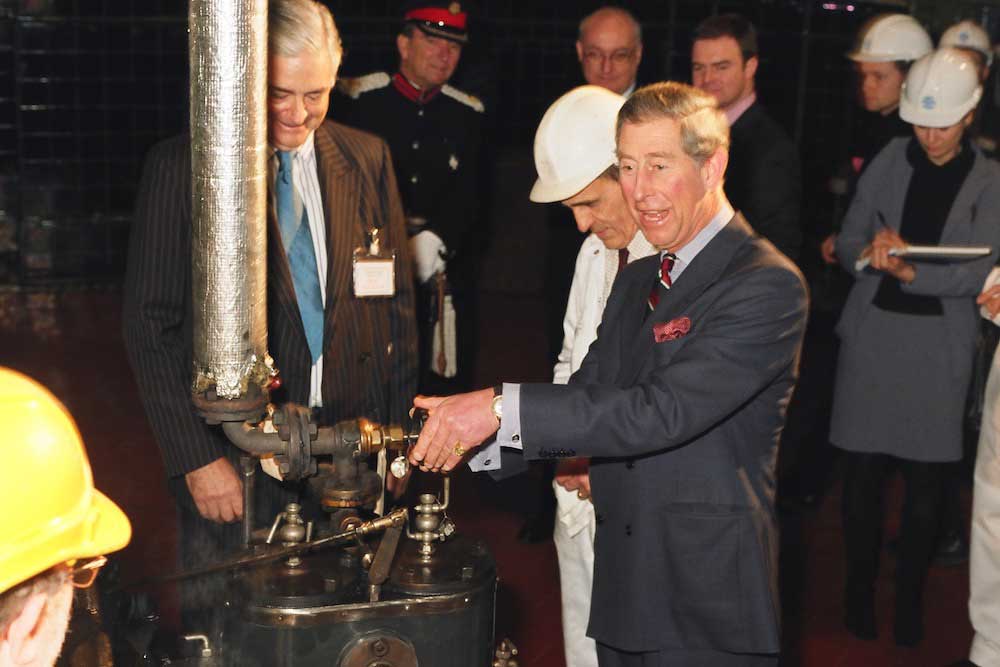
King Charles III as Prince of Wales starting the Sir William Prescott Engine.
BOOK TICKETS

Click here to to book tickets for upcoming events & open days.
